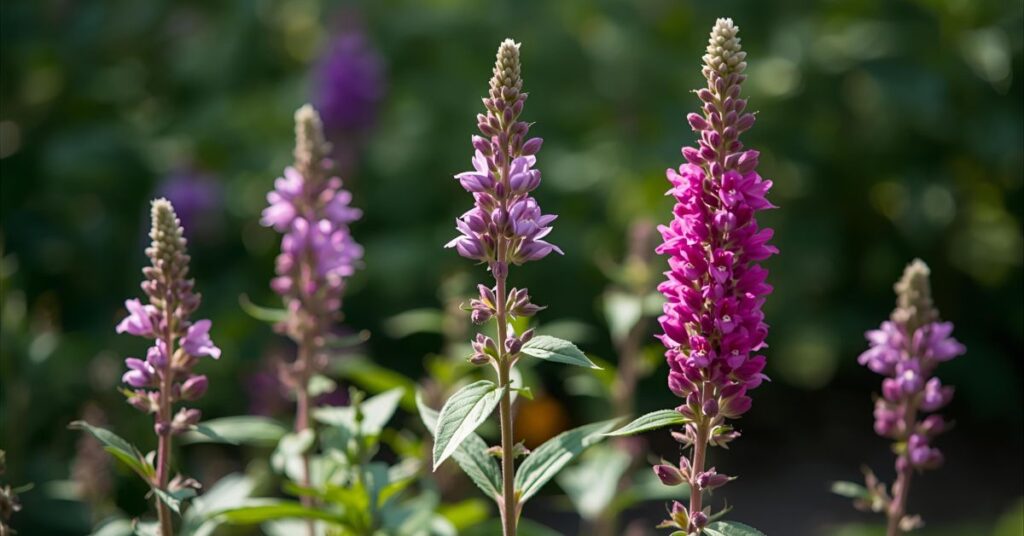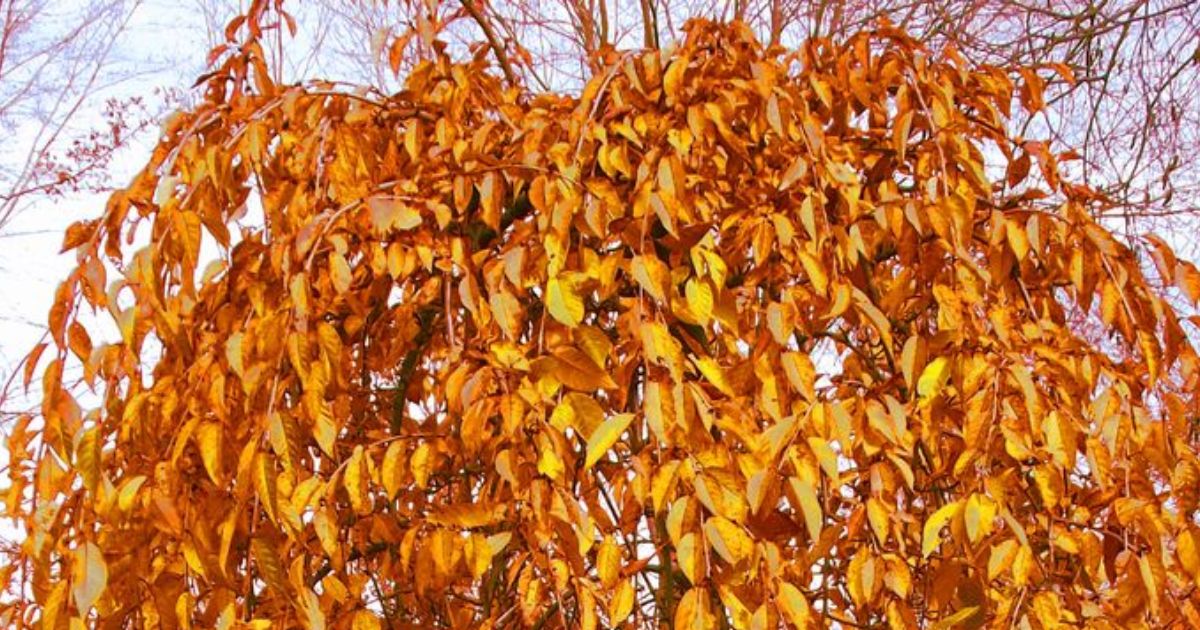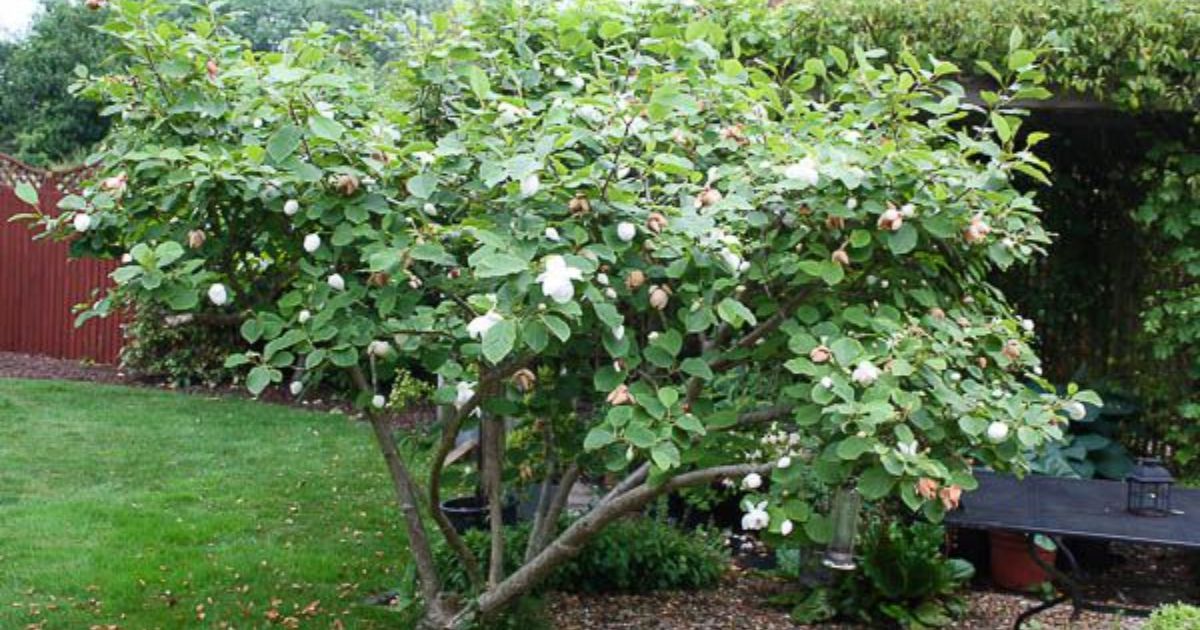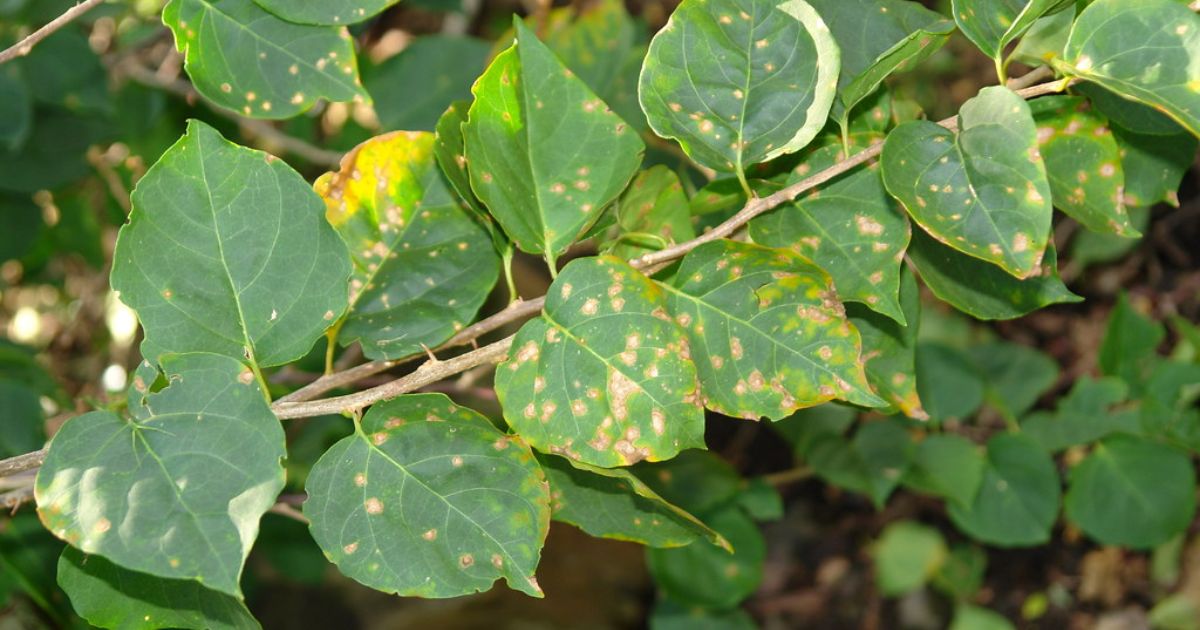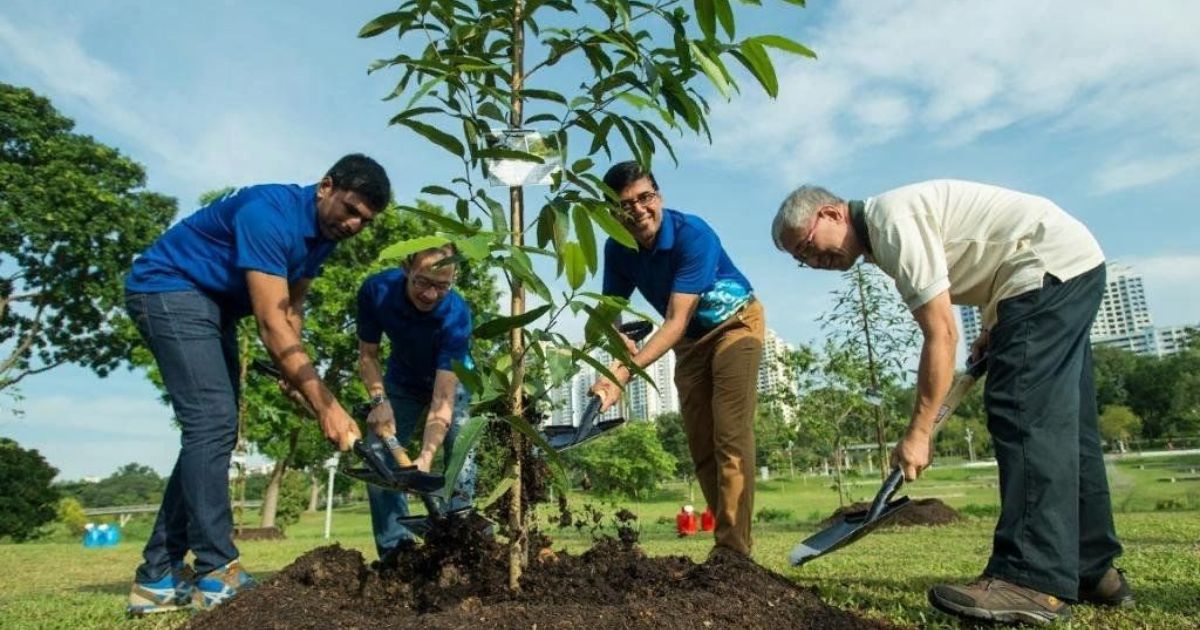If you’re looking to add vibrant color and long-lasting beauty to your garden, learning how to grow a salvia plant is a must. Known for their striking blooms and ability to attract pollinators like bees and hummingbirds, salvia plants are a favorite among gardeners of all levels. When given proper care and attention, these resilient plants can flourish in a variety of climates, providing stunning flowers season after season.
In this guide, we’ll share expert tips for thriving blooms, covering everything from selecting the perfect location and soil to watering, fertilizing, and pruning. Whether you’re starting from seeds, cuttings, or transplanting young plants, these proven strategies will help you grow a healthy, flourishing salvia plant that becomes the centerpiece of your garden.
What is a Salvia Plant?
A salvia plant is a versatile flowering plant that can be either a perennial or an annual, depending on the variety and climate. Perennial salvias, like Salvia nemorosa, return year after year, while annual varieties, such as Salvia splendens, bring vibrant color for a single growing season. Another well-known member of the salvia family is Salvia officinalis, commonly called garden sage, prized not only for its attractive foliage but also for its culinary uses.
There are many salvia plant varieties to choose from, each with unique colors, shapes, and growth habits. Some popular species include:
- Salvia splendens – bright, showy spikes perfect for borders and containers.
- Salvia nemorosa – hardy perennial with long-lasting purple or blue blooms.
- Salvia officinalis (garden sage) – aromatic leaves used in cooking and herbal remedies.
- Salvia gregui – a resilient variety known for drought tolerance and rich flowers.
Beyond their beauty, salvias offer numerous benefits. They are pollinator-friendly, attracting bees, butterflies, and hummingbirds to your garden. Many varieties are salvia maintenance and drought-tolerant, making them ideal for gardeners seeking vibrant blooms without excessive care. Whether you’re planting for aesthetics, attracting wildlife, or adding herbs to your kitchen, salvia plants are a versatile and rewarding choice.
Learn when are Jerusalem artichokes ready to harvest to ensure you pick them at peak flavor and texture.
Best Growing Conditions for Salvia Plants
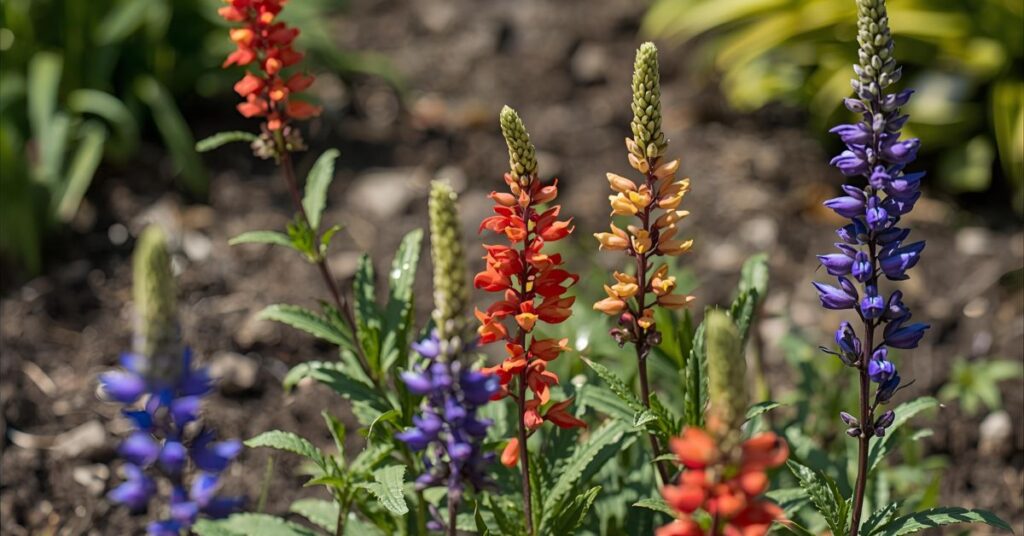
To ensure your salvia plant thrives and produces vibrant blooms, it’s essential to provide the right growing conditions. Understanding sunlight, soil, and climate needs can make a significant difference in the health and longevity of your plants.
1 Sunlight Requirements
Salvia plants flourish in full sun, ideally receiving 6–8 hours of direct sunlight each day. Full sun encourages strong growth and abundant flowering, making your garden come alive with color. Some varieties, however, can tolerate partial shade, especially in extremely hot climates, though flowering may be slightly reduced. Choosing the right location ensures your salvia reaches its full potential.
2 Soil Preferences
A key factor for thriving salvia plants is well-draining soil. These plants do not like waterlogged roots, which can lead to rot or disease. The ideal soil pH is slightly acidic to neutral, ranging from 6.0 to 7.0. Adding organic waste or compost to the soil not only improves fertility but also helps retain the ideal moisture content while letting extra water run off.
3 Temperature & Climate
Salvias generally prefer warm climates and plenty of sunlight. While many varieties are heat-tolerant, some species are cold-hardy and can survive mild frosts. In frost-prone areas, it’s best to grow salvias in containers indoors or provide protection during winter. Proper temperature management ensures your salvia plants remain healthy and continue producing vibrant blooms.
By providing the right combination of sun, soil, and climate, your salvia plants will flourish and reward you with stunning flowers season after season.
Planting a Salvia Plant
Proper planting is essential for ensuring your salvia plant grows strong and produces vibrant blooms. Whether starting from seeds, cuttings, or young plants, following the right steps will give your salvia the best chance to thrive.
1 From Seeds
Starting salvia from seeds is a rewarding way to grow your garden from scratch. Six to eight weeks before the latest frost in your location, start indoors. Use seed trays filled with light, well-draining soil to promote healthy root development. Throughout the 7–14 days it takes for germination to occur, keep the soil continuously moist but not saturated depending on the variety. Once seedlings are large enough, they can be prepared for transplanting outdoors.
2 From Cuttings
Another effective method of salvia propagation is using cuttings. Select healthy, vigorous stems from an existing plant and cut just below a node. These cuttings can be rooted either in water or moist soil until roots develop. This method is especially useful for preserving specific salvia varieties or speeding up the growing process.
3 Transplanting
When transplanting seedlings or rooted cuttings outdoors, it’s important to harden them off first by exposing them to external environments over a period of seven to ten days. This helps reduce transplant shock. To reduce the risk of illness and provide each plant enough space to thrive, For proper ventilation, plants should be spaced 12 to 18 inches apart.
Following these steps will give your salvia plants a healthy start and set the stage for thriving blooms throughout the growing season.
How to Care for a Salvia Plant
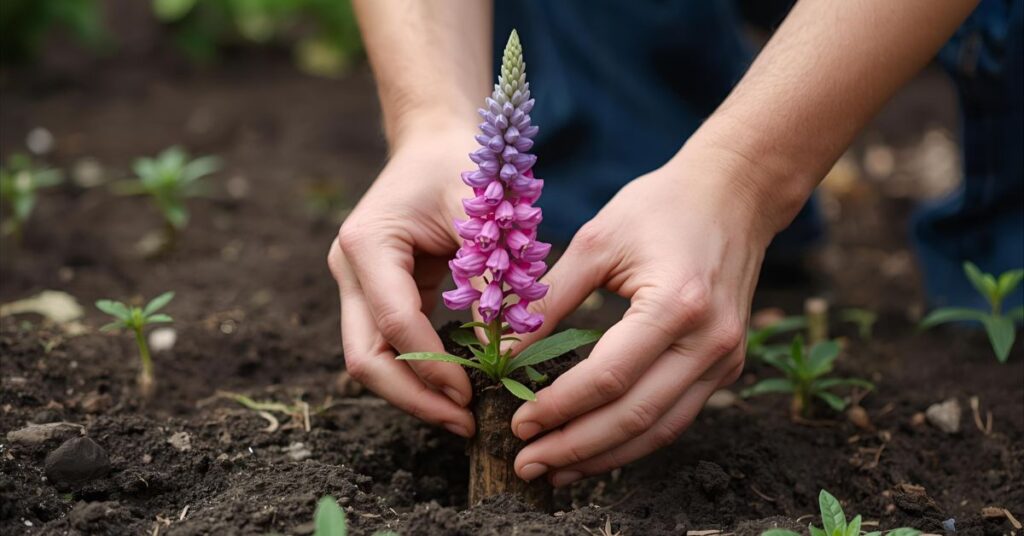
Proper care is essential for keeping your salvia plant healthy and ensuring thriving blooms throughout the growing season. With the right watering, fertilizing, pruning, and pest management, your salvias can flourish year after year.
1 Watering
When watering salvia, it’s important to let the soil dry slightly between waterings. It’s time to water if the top 1-2 inches of soil feel dry. Avoid overwatering, as waterlogged soil can lead to root rot and other problems. Most salvia varieties, including Salvia greggii, are drought-tolerant once established, so moderate watering is usually sufficient.
2 Fertilizing
Use a balanced, slow-release fertilizer during the growing season to support strong growth and abundant flowering. Avoid overfertilizing since too much fertilizer might promote green growth at the price of flowers. Fertilizing correctly ensures your salvia remains vibrant and productive.
3 Pruning & Deadheading
To encourage continuous blooms, regularly remove spent flowers through deadheading. This process redirects the plant’s energy into producing new flowers. Additionally, prune leggy growth or trim back overgrown stems to maintain a compact, attractive shape. For perennial varieties, consider cutting back salvias to encourage good regrowth the following year at the end of the season.
4 Pest and Disease Management
While salvias are generally low-maintenance, they can be affected by pests like aphids, whiteflies, or powdery mildew. Monitor plants regularly for signs of infestation. Use natural remedies or insecticidal soap to manage pests without harming pollinators or beneficial insects. Proper care and attention prevent most pest or disease problems before they become severe.
With consistent care and attention to watering, fertilizing, pruning, and pest control, your salvia plants will thrive and reward you with spectacular blooms season after season.
Tips for Thriving Blooms
Maximizing the beauty of your salvia blooms requires a few strategic gardening practices. You may have a healthier garden overall and enjoy colorful, long-lasting flowers by using these guidelines. Explore the different strawberry breeds to find the perfect variety for your garden.
- Plant in Groups for Better Visual Impact
- Salvias look most striking when planted in clusters rather than individually. Grouping plants not only enhances the visual appeal but also encourages a fuller display of flowers, making your garden more colorful and dynamic.
- Mulch to Retain Soil Moisture and Prevent Weeds
- Adding a layer of mulch around your salvia by retaining soil moisture, plants lessen the need for frequent watering. Mulch also suppresses weed growth, keeping your garden neat and ensuring your salvia receives the nutrients it needs.
- Rotate Plants Annually for Soil Health
- Rotating plant locations every season lowers the chance of pests and illnesses and helps stop soil erosion. This practice ensures that your thriving salvia plants continue to flourish year after year.
- Companion Planting
- Planting salvias alongside companion plants such as marigolds or basil can improve growth and overall plant health. These companions can deter pests naturally and attract beneficial insects, further enhancing your garden ecosystem.
By using these tactics, you can make sure your salvia plants bloom abundantly and remain healthy throughout the season. With proper care, your salvia flowers can last for weeks, brightening your garden and attracting pollinators.
Common Problems and How to Fix Them
Even though salvia plants are generally hardy and low-maintenance, they can sometimes face challenges that affect their health and blooming. The key to preserving the vitality and health of your plants is understanding how to recognize and handle frequent problems.
- Yellowing Leaves → Overwatering
- If your salvia leaves turn yellow, it is frequently an indication of overwatering. Make sure the soil drains well, and in between waterings, let the top 1-2 inches of soil dry off. Adjust your watering schedule and consider using raised beds or containers to improve drainage.
- Poor Flowering → Insufficient Sunlight or Nutrients
- Salvia plants require full sun (6–8 hours daily) and balanced nutrients for optimal flowering. If your plant produces few blooms, check its sunlight exposure and fertilization. Applying a slow-release, balanced fertilizer and relocating the plant to a sunnier spot can stimulate flower production.
- Wilting → Underwatering or Root Rot
- Wilting can indicate either underwatering or root rot caused by waterlogged soil. Verify the soil’s moisture content and modify watering as necessary. If root rot is suspected, remove affected roots, improve soil drainage, and avoid planting in areas prone to standing water.
By following proper salvia plant care routines and addressing these issues promptly, you can prevent most problems and enjoy a healthy, flowering garden. Regular observation and timely interventions are key elements of successful salvia troubleshooting.
How Long Does Salvia High Last
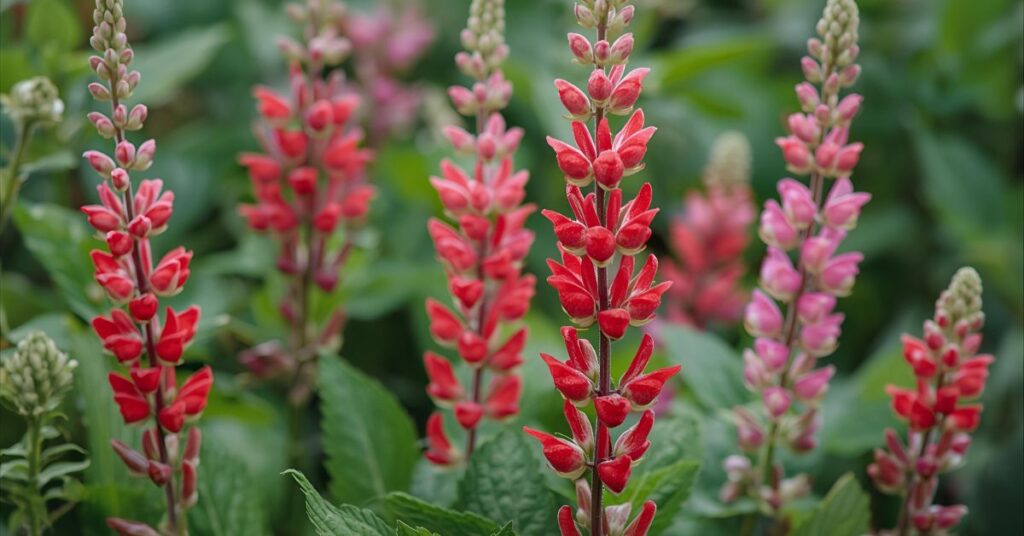
The duration of a salvia high depends on the form, dose, and method of use, as well as individual factors like body chemistry. Here’s a detailed breakdown:
- Smoking or vaping dried Salvia divinorum leaves:
- Effects onset: almost immediate (within 30 seconds to 1 minute)
- Peak intensity: lasts about 1–5 minutes
- Overall experience: generally fades within 10–20 minutes
- Chewing fresh leaves or extracts:
- Effects onset: 5–10 minutes
- Peak intensity: 15–20 minutes
- Overall duration: 30–60 minutes
- Factors influencing duration:
- Dosage: Higher doses can intensify and slightly prolong effects.
- Individual tolerance: Experienced users may have shorter or less intense experiences.
- Method of consumption: Smoking produces a very short, intense high, while oral ingestion is slower but slightly longer-lasting.
Key note: The salvia high is typically short-lived, with intense hallucinations or altered perception mostly occurring in the first few minutes.
Conclusion
Growing a salvia plant successfully comes down to providing the right care and attention. By ensuring your plants receive full sunlight, well-draining soil enriched with compost for salvias, proper watering, and regular pruning, you can enjoy vibrant, long-lasting blooms throughout the season. These hardy plants not only add stunning color to your yard while simultaneously drawing pollinators like as bees, butterflies, and hummingbirds, creating a lively and healthy garden ecosystem.
Whether you are a beginner gardener or an experienced plant enthusiast, following these tips will help your salvia plants thrive and flourish. Start planting your salvia today and transform your garden into a colorful oasis!
FAQs:
1. How long does a salvia plant last?
Most perennial salvias can live for several years if properly cared for, while annual varieties last a single growing season. With the right sunlight, soil, and pruning, even annual salvias can provide vibrant blooms throughout their lifespan.
2. How often should I water my salvia plant?
Water your salvia when the top 1–2 inches of soil feel dry. Avoid overwatering, as salvias are susceptible to root rot. Established plants, like Salvia greggii, are drought-tolerant and require less frequent watering.
3. Can salvia grow in partial shade?
While salvias thrive in full sun (6–8 hours daily), some varieties can tolerate partial shade. Keep in mind that limited sunlight may reduce flower production.
4. How do I propagate a salvia plant?
Salvias can be propagated from seeds or cuttings. Before the last frost, six to eight weeks beforehand, start seeds indoors, or take healthy cuttings and root them in water or soil.
5. How do I encourage more blooms on my salvia?
Regular pruning and deadheading spent flowers help redirect the plant’s energy into producing new blooms. Additionally, providing adequate sunlight, nutrients, and mulch can boost flower production.

